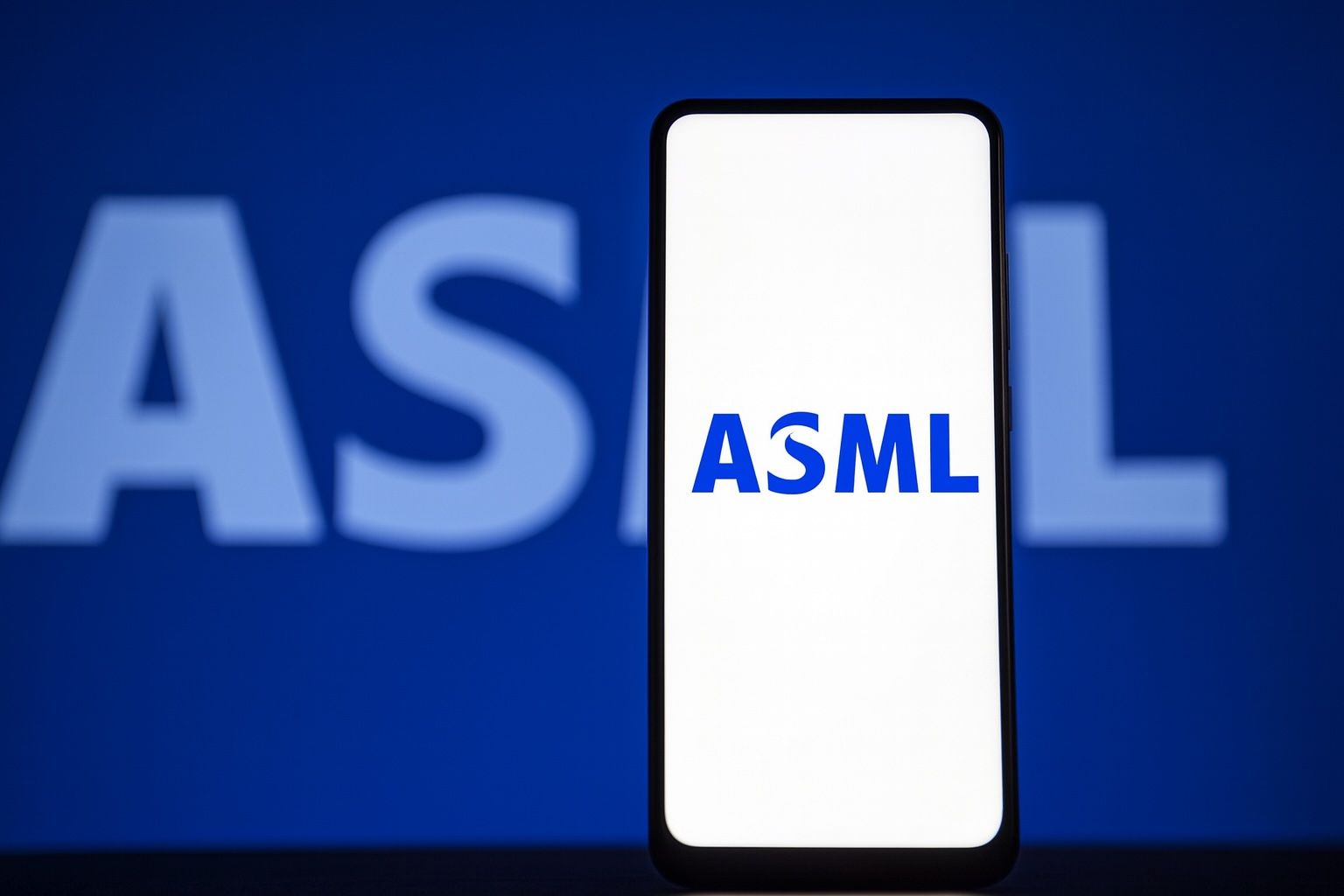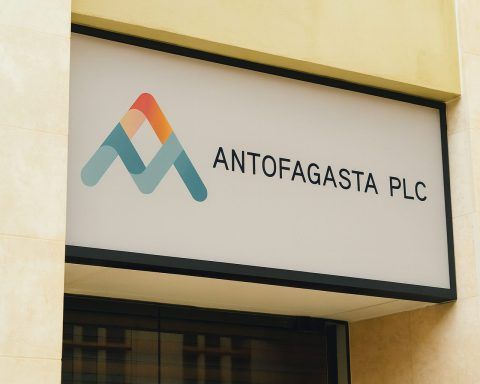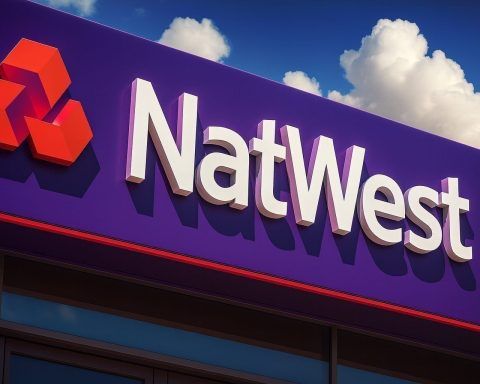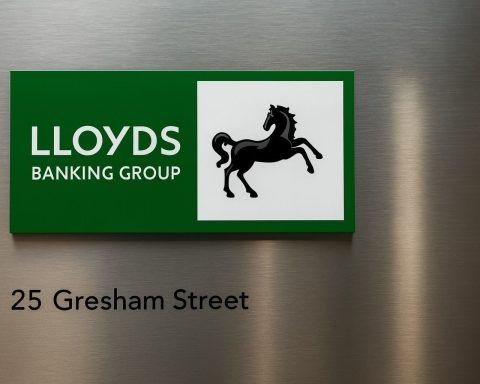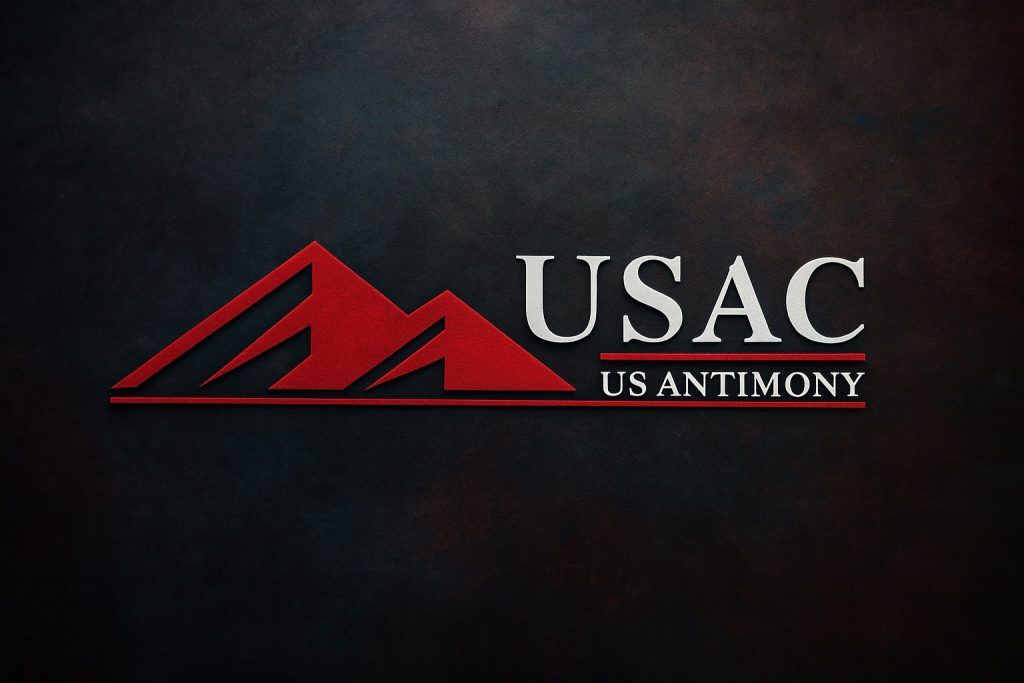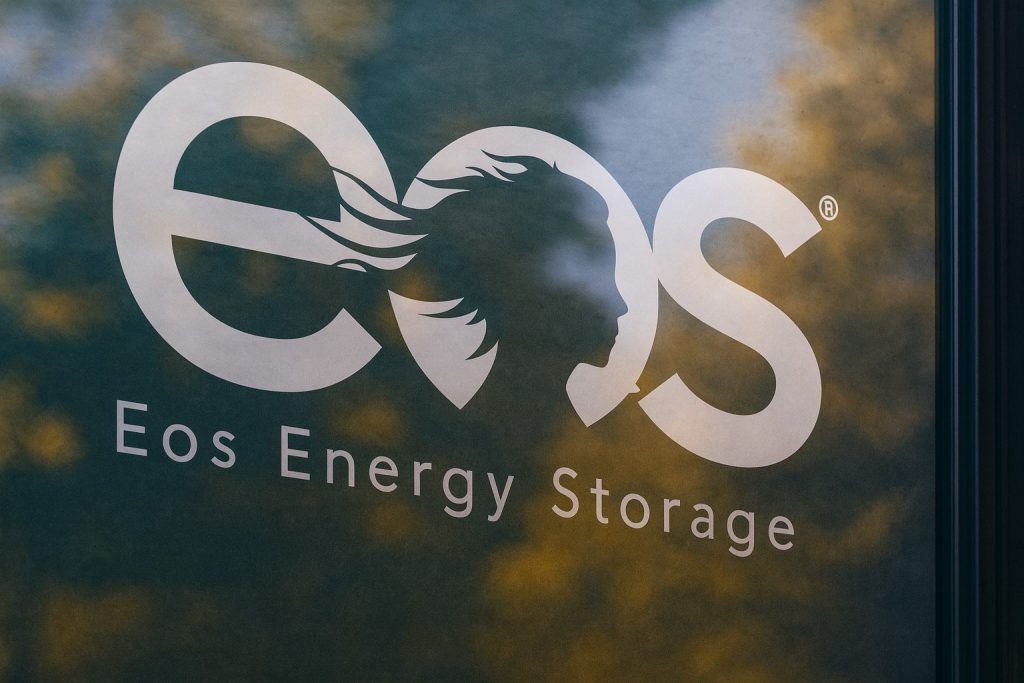- Current Price & Trend: ASML’s stock (ADS on Nasdaq) traded around $983 on Oct 13, 2025 (up ~5% intraday) after opening near $936.19 [1] [2]. On Euronext Amsterdam the share was roughly €844. The stock is near its 52-week high (~$1,059) and well above its 50-day ($834) and 200-day ($763) moving averages [3] [4].
- Recent News: In early Oct, ASML named long‐time executive Marco Pieters as its new Chief Technology Officer (effective April 2026), with CEO Christophe Fouquet hailing him as key to ASML’s future success [5]. The company also struck a landmark deal with French AI firm Mistral AI: ASML will invest €1.3B (≈11% stake) and integrate Mistral’s models across its lithography tools [6] [7]. Fouquet called the tie-up “strategic” and “value enhancing” for customers [8]. However, geopolitical strains have also hit: China’s new rare-earth export curbs could delay ASML equipment shipments and require licenses for re-exports [9] [10], and a U.S. congressional report on China-tech deals briefly sent ASML shares down ~7% on Oct 8 [11].
- Dividend & Buybacks: ASML raised its quarterly dividend to $1.856 per ADS (≈€1.70 ordinary share) in July 2025 (yield ~0.8%) [12]. It also repurchased about €1.4B of shares in Q2 2025 under its buyback program [13].
- Analyst Sentiment: Most analysts remain bullish. Consensus is a “Moderate Buy” with an average 12‑month target around $977 [14]. Several firms have recently lifted their targets: Susquehanna to $1,150, JPMorgan to $1,175, Wells Fargo to $1,105 [15]. (New Street is a contrarian, recently cutting ASML to Hold at $918 [16].) Analysts expect ≈10–11% YoY growth in Q3 sales (~€7.4–7.9B) and EPS (to ~$6.37) [17], driven by AI and data center demand.
- Fundamentals: ASML remains dominant in chipmaking equipment. In Q2 2025 it reported €7.7B net sales and €2.3B net income [18]. It sees full-year 2025 sales up ~15% from 2024 [19]. Crucially, ASML has a record backlog (orders not yet delivered) of ~€33B [20] – giving revenue visibility well into 2026. CEO Fouquet said customers’ AI-driven demand is “strong,” but cautioned that macro and geopolitical uncertainty (trade fights) make 2026 forecasts “uncertain… we cannot confirm [growth] at this stage” [21].
- Technical Indicators: The stock’s momentum is bullish. It’s trading above its 50-day and 200-day moving averages [22] and near recent highs. A pullback to support is around €834 (50-day MA), while resistance lies near the October high (€905/$1,059). (RSI and MACD are elevated, so short-term volatility around earnings is likely.)
- Global Role & Competitors: ASML is essential to the global semiconductor supply chain. Its EUV lithography tools are used by chip giants (TSMC, Intel, Samsung, Micron) to make cutting-edge nodes – ASML effectively has ~90% market share in the most advanced lithography [23]. Nikon (Japan) is its only lithography rival, mainly in older ArF immersion machines (ASML holds ~90% of that market [24]). Applied Materials and Lam Research are peers in other chip equipment segments (etching, deposition, etc.) but do not compete on lithography. Demand for ASML’s systems is therefore driven by advances at foundries like TSMC and Intel – for instance, TSMC just reported Q3 revenue up 30% YoY on AI-driven chip demand [25], underscoring strong future orders for ASML.
- Outlook: Short-term, ASML will be watched closely around its October 15 Q3 results and outlook. Many expect a solid “beat and raise” on robust EUV demand [26]. Mid-term, the stock depends on the ongoing AI-driven cycle and potential trade‑war headwinds. Longer-term, ASML’s unique technology and large backlog underpin a positive growth outlook, assuming global chip demand stays healthy.
Stock Price and Recent Movements
ASML’s ADS (NASDAQ:ASML) has rallied strongly into mid‐October 2025. On Oct 13 it was trading near $983 (up ~5% that day) [27], having opened around $936.19 [28]. For context, the stock’s 52-week range is roughly $578–1,059, and it closed Q2 2025 around $930. Its intraday surge reflects renewed bullishness: over the prior week, analysts had been raising targets (see below). On the European side (Euronext Amsterdam), the ordinary shares closed near €844 on Oct 13 (up from ~€813 on Oct 10). ASML’s market cap is roughly $375–$380 billion (≈€270B) [29] [30]. Technical signals are positive – the stock is above its 50‑day MA (~$834) and 200‑day MA (~$763) [31] – suggesting continued momentum, though it is trading near recent highs (resistance ~$1,050) and could pull back into support near the 50‑day MA if profit‑taking occurs.
Recent News (Oct 10–13, 2025)
Strategic Partnership & CTO Appointment: ASML made headlines this week for corporate updates. On Oct 9 it announced Marco Pieters as the new Chief Technology Officer (effective April 2026) [32]. CEO Christophe Fouquet said Pieters (an ASML veteran) will drive the technology roadmap: “Technology lies at the heart of ASML… I am proud to name Marco… as CTO,” Fouquet noted [33]. In parallel, ASML reaffirmed a major AI tie‑up. In September it agreed to invest €1.3 billion in French AI startup Mistral AI and integrate Mistral’s models into its lithography systems [34] [35]. This makes ASML Mistral’s largest shareholder (≈11%) [36]. In a joint statement, Fouquet called the partnership “strategic” and “value enhancing” for customers [37], while Mistral CEO Arthur Mensch said it will “accelerate technological progress across the global semiconductor and AI value chain” [38]. Analysts see this “chips-meet-AI” move as industrially sensible – ING analyst Jan Slijkerman commented that ASML finds it “probably easier to develop AI-based products through a partnership than to do this in house” [39]. (Separately, news outlets reported ASML’s CEO Fouquet adding ex-French finance minister Bruno Le Maire as an advisor, underscoring ASML’s European ties [40].)
Macroeconomic and Industry Factors: The broader chip industry is facing geopolitical headwinds. On Oct 7 China imposed new export limits on rare-earth minerals critical for semiconductor tools. Bloomberg/Taipei Times report that this “might lead to weeks-long delays in shipments for ASML,” and noted ASML is “preparing for disruptions” from a rule requiring China’s approval for any re-exports of Chinese rare-earth content [41] [42]. These news triggered a brief pullback: on Oct 8 a U.S. House committee report accused semiconductor equipment firms of indirectly aiding China’s military through sales, which sent ASML down as much as 7.1% intraday [43]. (The stock later recovered those losses.) Such events highlight the risk that trade tensions (tariffs, export controls) can impact ASML’s business, since its machines contain precision magnets and optics using rare-earths, and its customers span the U.S., Asia, and Europe [44] [45].
Earnings and Analyst Expectations
ASML’s next earnings report (Q3 2025) is due Oct 15 after market close. Analysts are broadly positive heading into it. Street consensus forecasts about +10–11% year-over-year growth in Q3 revenue and EPS (to roughly $6.37 per ADS on ~$9.05B sales) [46], reflecting continued strong demand for advanced chips. Many analysts have raised targets ahead of the results: Susquehanna’s Mehdi Hosseini reiterated a Buy rating, hiking his price target from $965 to $1,150, expecting a “robust beat-and-raise” quarter fueled by strong EUV demand [47]. JPMorgan’s Sandeep Deshpande lifted his target from $957 to $1,175 [48], and Wells Fargo raised its to $1,105. (By contrast, New Street’s Pierre Ferragu recently cut ASML to a Hold at $918, calling the AI boom a “risky setup” when spending peaks [49].) Overall, the consensus is a Moderate Buy with an average target of about $976 (implying low double-digit upside) [50].
Wall Street commentary underscores ASML’s role in the AI era: earnings preview notes emphasize that ASML has outpaced expectations for eight straight quarters due to AI/data center demand [51]. Several reports highlight ASML’s “unique, irreplaceable position” and “monopolistic” hold on EUV technology, making it a generational opportunity [52]. (For example, TS2 analyst Roman Perkowski noted that the Mistral deal—“unusual for hardware-focused ASML”—is a strategic push to fuse semiconductors with AI software [53].) Weighed against these bullish views, investors are also monitoring macro headwinds (trade wars, slower consumer chips spending) that could temper ASML’s growth beyond the current cycle.
Fundamental Analysis
ASML’s fundamentals remain strong. In Q2 2025 it delivered €7.7 billion in net sales (top of guidance) and €2.3 billion net income [54], with gross margins near 54%. It booked €5.5B of new orders in Q2 (including €2.3B of EUV tools) [55]. Management reaffirmed a full-year 2025 sales outlook of ~+15% over 2024 [56] (i.e. roughly €31–32B total). The company still expects 2025 sales of about €7.4–7.9B for Q3, and a 52% gross margin for the year [57]. Importantly, ASML’s order backlog is at a record €33 billion [58]. With typical delivery lead times of 12–18 months, this means significant revenue already locked in through 2026. For example, Trefis notes that €33B backlog (≈$38B) “bodes well for future revenue growth” and reflects customer confidence [59].
CEO Fouquet has signaled that this cycle is tied to AI and data centers: he reports that EUV tool deployments are up ~30% for 2025 as customers shift from older DUV machines to EUV for cutting-edge chips [60] [61]. He also said he sees “continued progress in litho intensity” driven by AI-chip demand. However, ASML is also preparing for a harder second half: Fouquet warned that 2026 growth is “uncertain” due to macro and geopolitical factors [62]. (For 2026, ASML is guiding cautiously as global economic trends are unclear.) On the financial side, ASML remains very healthy: it ended Q2 with ~€7.2B cash on hand [63], very low debt, and strong operating cash flow. The company’s dividend payout ratio is modest (~26%), supporting the recent dividend hike.
Technical Analysis
Technically, ASML’s stock is in an uptrend. It recently broke above its 50-day moving average (~$834) and remains well above its 200-day (~$763) [64]. The stock is trading near recent highs ($1,030+), so short-term momentum is strong; over the last year it has climbed from a ~€580 lows to today’s ~€840. Volume has been strong on up-days recently (suggesting institutional buying). On indicators: RSI is elevated (above 70) and MACD is positive, which can signal overbought conditions in the very short term. A retracement to the 50-day MA (near €834/$910) would bring it back to the middle of its 52-week range, potentially offering a support zone. Longer-term moving average support is around the 200-day (~$762). In summary, the chart favors bulls (given higher highs and higher lows), but earnings volatility could bring pullbacks.
Short-, Medium-, and Long-Term Outlook
- Short-term (weeks to months): The immediate catalyst is Q3 earnings (Oct 15). A positive report and guidance likely propels shares higher; a disappointing guide could trigger a pullback. Given strong fundamentals, many expect a “beat-and-raise.” In the next few weeks, watch whether ASML clears the ~$1,050 resistance level or retreats toward support (the ~€840/$900 area). Near-term, broader market sentiment (e.g. reactions to Fed policy or China news) will also influence ASML.
- Medium-term (6–12 months): ASML’s performance will hinge on the AI chip cycle. If demand for AI/data-center chips remains strong, ASML’s order book and revenue should continue expanding. However, if global economies slow or inventory builds at chipmakers, that could temper new orders. ASML’s guidance and backlog suggest 2026 growth is still expected but not guaranteed [65]. Over a year, analysts’ average price targets (~$1,000) imply moderate upside. Barring major shocks, ASML should outperform many peers given its unique tech, but valuation is high (currently ~28–30× 2025 EPS) and could come under pressure if growth slows.
- Long-term (multi-year): ASML’s long-term outlook is bright if it maintains its technological lead. No other company makes EUV machines, and advanced nodes (<5 nm) now and in the next decade will need EUV and next-gen high-NA tools. ASML’s decades-long roadmap (and backlog extending into 2027) implies a sustained demand runway. Over 5–10 years, ASML should benefit from secular trends: continued miniaturization of chips, growth of AI and 5G/IoT, and global efforts (especially in Europe, US, China) to bolster homegrown chip capabilities. Its competitive moat – enormous R&D, patents, and the fact that every leading foundry must buy its machines – supports a long-term bullish case. Even if the stock remains volatile with the cycle, most strategists see ASML as a core tech holding for the long haul.
ASML in the Semiconductor Supply Chain
ASML sits at a pivotal node in the chip supply chain. It is the sole supplier of the most advanced lithography equipment. Roughly 80–90% of all advanced chips (those used in flagship smartphones, data centers, AI servers, and military applications) are made using ASML’s systems [66] [67]. Its customers include TSMC, Samsung, Intel, SK Hynix, and leading memory and logic fabs worldwide. For example, TSMC – the world’s largest contract chipmaker – just reported booming AI-driven business [68], which directly translates into multi‑billion-dollar equipment orders for ASML. Likewise, Intel and Samsung’s future node roadmaps rely heavily on EUV and, eventually, High-NA EUV tools from ASML.
This strategic importance also means ASML is caught in great-power tech dynamics. It cannot legally sell its top-tier EUV machines to China under current export controls, limiting its exposure there (though it does sell DUV tools under license). Europe and the U.S. view ASML as critical infrastructure; indeed, Bloomberg reported ASML prepared contingency plans after China’s rare-earth curbs [69]. In sum, ASML’s fortunes are tightly linked to global chip demand: strong demand (especially for AI chips) boosts ASML, while policy conflicts (trade barriers, licensing, tariffs) pose risks.
Competitive Context
ASML’s competitive landscape is unusual. In lithography equipment, ASML is essentially unmatched at the high end. Its only competitor in deep-ultraviolet (DUV) immersion lithography is Nikon (Japan), but Nikon has struggled to challenge ASML’s dominance. ASML today claims roughly 90% of the DUV immersion market [70] and virtually 100% of EUV. Nikon is reportedly developing a new immersion scanner (ArFi) to try to regain share by 2027 [71] [72], but for now it remains a distant second.
In other chipmaking tools (etching, deposition, inspection), ASML does not compete directly. Companies like Applied Materials, Lam Research, and KLA dominate those segments. (For example, Applied Materials did see its stock dip alongside ASML after the China report [73], reflecting that these firms share the same Chinese customer exposure.) But those firms address different parts of the fab, not lithography.
As for chip customers like TSMC or Intel, they are customers rather than peers. Strong growth at TSMC and Intel (due to AI and new process nodes) directly benefits ASML’s sales. Conversely, any slowdown at foundries can cut ASML’s order pipeline.
Overall, ASML’s leadership in lithography gives it a strategic monopoly on the most critical segment of the fab equipment market. Its valuation reflects that premium position, albeit with expectations baked in.
Sources: Recent price data and charts are from finance sites [74] [75]; official ASML press releases and Reuters news [76] [77] [78] provide company updates and quotes; analyst forecasts and reports from TipRanks and Trefis [79] [80]; market and macro context from Bloomberg/Taipei Times and industry news [81] [82] [83]. All information is current as of October 13, 2025.
References
1. stockanalysis.com, 2. www.marketbeat.com, 3. stockanalysis.com, 4. www.marketbeat.com, 5. www.asml.com, 6. www.asml.com, 7. www.reuters.com, 8. www.asml.com, 9. www.taipeitimes.com, 10. www.taipeitimes.com, 11. www.mitrade.com, 12. www.marketbeat.com, 13. www.asml.com, 14. www.tipranks.com, 15. www.tipranks.com, 16. www.tipranks.com, 17. www.tipranks.com, 18. www.asml.com, 19. www.asml.com, 20. www.trefis.com, 21. www.asml.com, 22. www.marketbeat.com, 23. www.trefis.com, 24. bits-chips.com, 25. www.reuters.com, 26. www.tipranks.com, 27. stockanalysis.com, 28. www.marketbeat.com, 29. stockanalysis.com, 30. www.reuters.com, 31. www.marketbeat.com, 32. www.asml.com, 33. www.asml.com, 34. www.asml.com, 35. www.reuters.com, 36. www.asml.com, 37. www.asml.com, 38. www.asml.com, 39. www.reuters.com, 40. www.reuters.com, 41. www.taipeitimes.com, 42. www.taipeitimes.com, 43. www.mitrade.com, 44. www.taipeitimes.com, 45. www.taipeitimes.com, 46. www.tipranks.com, 47. www.tipranks.com, 48. www.tipranks.com, 49. www.tipranks.com, 50. www.tipranks.com, 51. www.tipranks.com, 52. ts2.tech, 53. ts2.tech, 54. www.asml.com, 55. www.asml.com, 56. www.asml.com, 57. www.asml.com, 58. www.trefis.com, 59. www.trefis.com, 60. www.asml.com, 61. www.trefis.com, 62. www.asml.com, 63. www.asml.com, 64. www.marketbeat.com, 65. www.asml.com, 66. www.trefis.com, 67. bits-chips.com, 68. www.reuters.com, 69. www.taipeitimes.com, 70. bits-chips.com, 71. bits-chips.com, 72. bits-chips.com, 73. www.mitrade.com, 74. stockanalysis.com, 75. www.marketbeat.com, 76. www.asml.com, 77. www.asml.com, 78. www.reuters.com, 79. www.tipranks.com, 80. www.trefis.com, 81. www.taipeitimes.com, 82. www.mitrade.com, 83. www.reuters.com
